From the social unity of Ubuntu to the socially ingrained dispositions of habitus, our authors helped us to perceive the value of intentionally weaving together threads of history to shape the present and future social fabric of humanity.

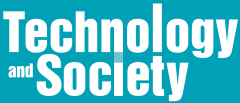

From the social unity of Ubuntu to the socially ingrained dispositions of habitus, our authors helped us to perceive the value of intentionally weaving together threads of history to shape the present and future social fabric of humanity.
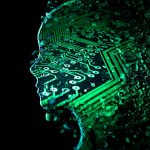
How can tech organizations of whatever size and industry build more ethical systems? IEEE 7000™ aims to provide organizations with “ethical specs.”

Reflective thinking allows humans to examine the past with intentionality, learn from what happened, and adapt accordingly. We explore thoughts, feelings, and actions, mine out insights, and enhance awareness.
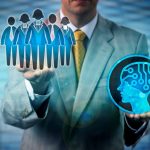
We celebrated AI for mental health equity when access is augmented for marginalized populations. We applauded AI as a complement to current services; practitioners would be less overtaxed and more productive, thereby serving vulnerable populations better.

Public Interest Technology (PIT) is defined as “technology practitioners who focus on social justice, the common good, and/or the public… Read More
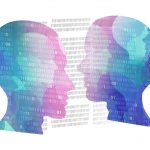
Our authors identified risks that can result in diminished humanity, if technology is designed or delivered irresponsibly. Our community addressed much of what it means to be human, in the context of complex and converging processes.

As populations increase, the volume of man and materials increases [1]. Demand can exceed capacity.

Transition phases are often arduous and chaotic. When we read about positive outcomes, we can fail to recognize the formidable gap between the initial disruption, and eventual transformation.

Becoming Like a Child for Technological Advancement. Wound Man affords us a vivid reminder of our physical finitude; we are mortal creatures who are susceptible to wounds, injuries, and contagions. And yet, #WoundPerson challenges us to better attune ourselves to our non-physical vulnerabilities and weaknesses.
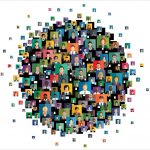
As a community, we aim to develop and deploy practical technological solutions that are of benefit to individuals and society. With participation-based methods, we no longer prescribe solutions, but rather co-construct.
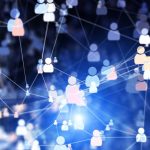
Social media (SM) usage is increasing across the globe. Of the 7.6 billion people populating earth, 4 billion are believed to be Internet users. Over 3 billion are SM users, representing over 40% global penetration.

Our authors nail rich scholarship to our portal, thus inviting healthy disputation. In this issue, we considered the value of a mesh of connective vehicles used to overcome the digital divide.

As technological advances disrupt existing markets and value networks, change can outpace our ability to adapt.
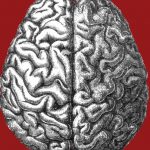
We need our brains to adapt advantageously for ingenious design and development, especially as the time between stimulus and response becomes precariously pressurized.
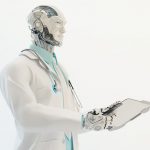
The effect of technologies on our lives might be less about technology and more about the priorities and parameters we set.